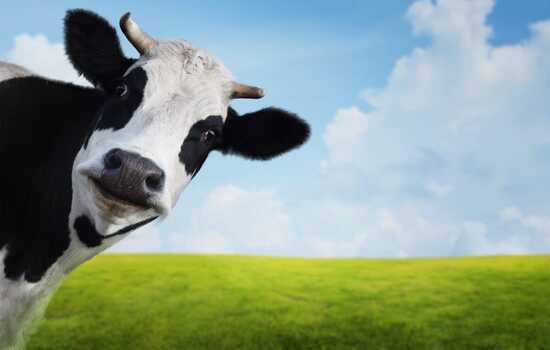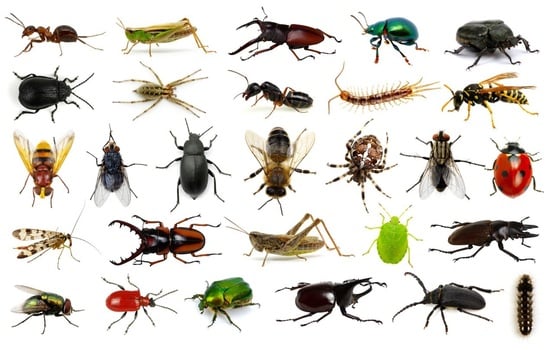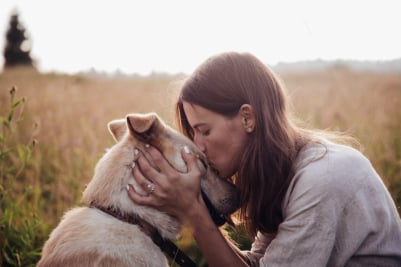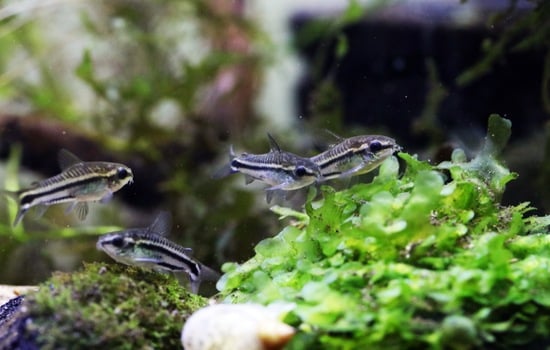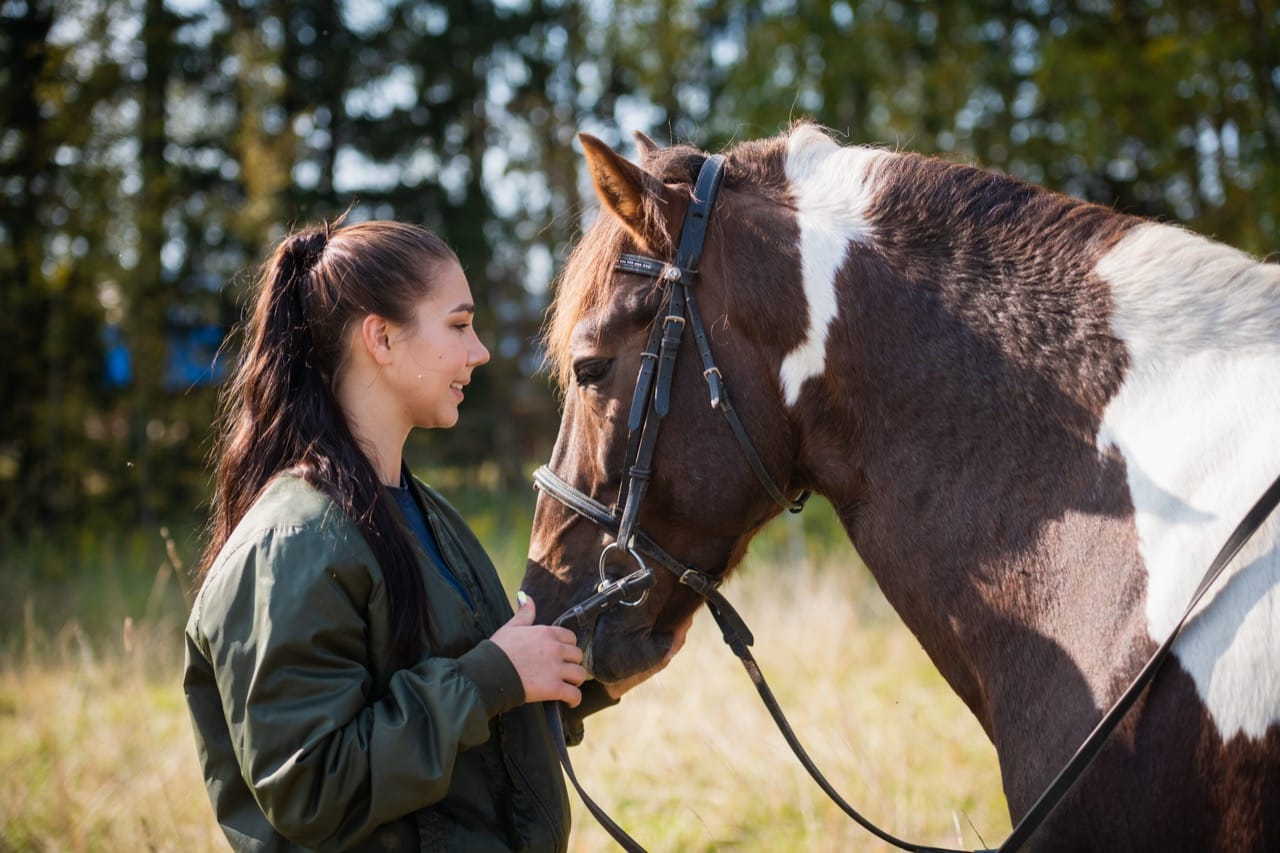
Welcome, future horse behavior experts! Get ready to put your knowledge to the test with our exciting trivia quiz all about Horse Behavior and Communication. These majestic creatures have unique ways of interacting with each other and their human companions, so let's dive in and explore the fascinating world of equine behavior!In this quiz, you'll be challenged with questions about how horses communicate with each other, how they establish dominance within a herd, and the meanings behind their various behaviors. From ear positions to tail flicks, there's so much to learn about the ways horses express themselves.So saddle up and get ready to trot through this quiz with enthusiasm and curiosity. Whether you're a seasoned equestrian or just starting to learn about horses, this quiz will test your understanding of these incredible animals. Let's see who can gallop to the finish line with flying colors! Good luck!
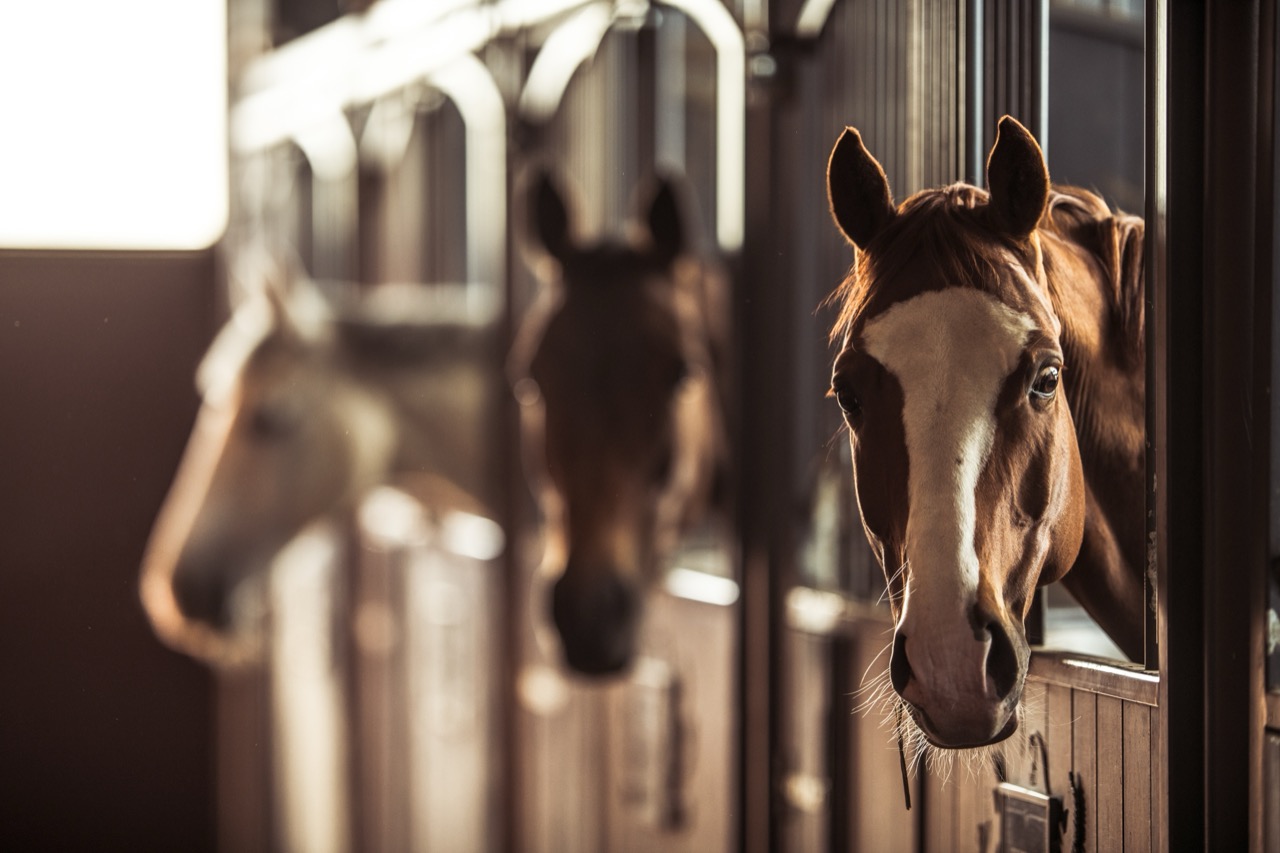
When a horse yawns, it may indicate:
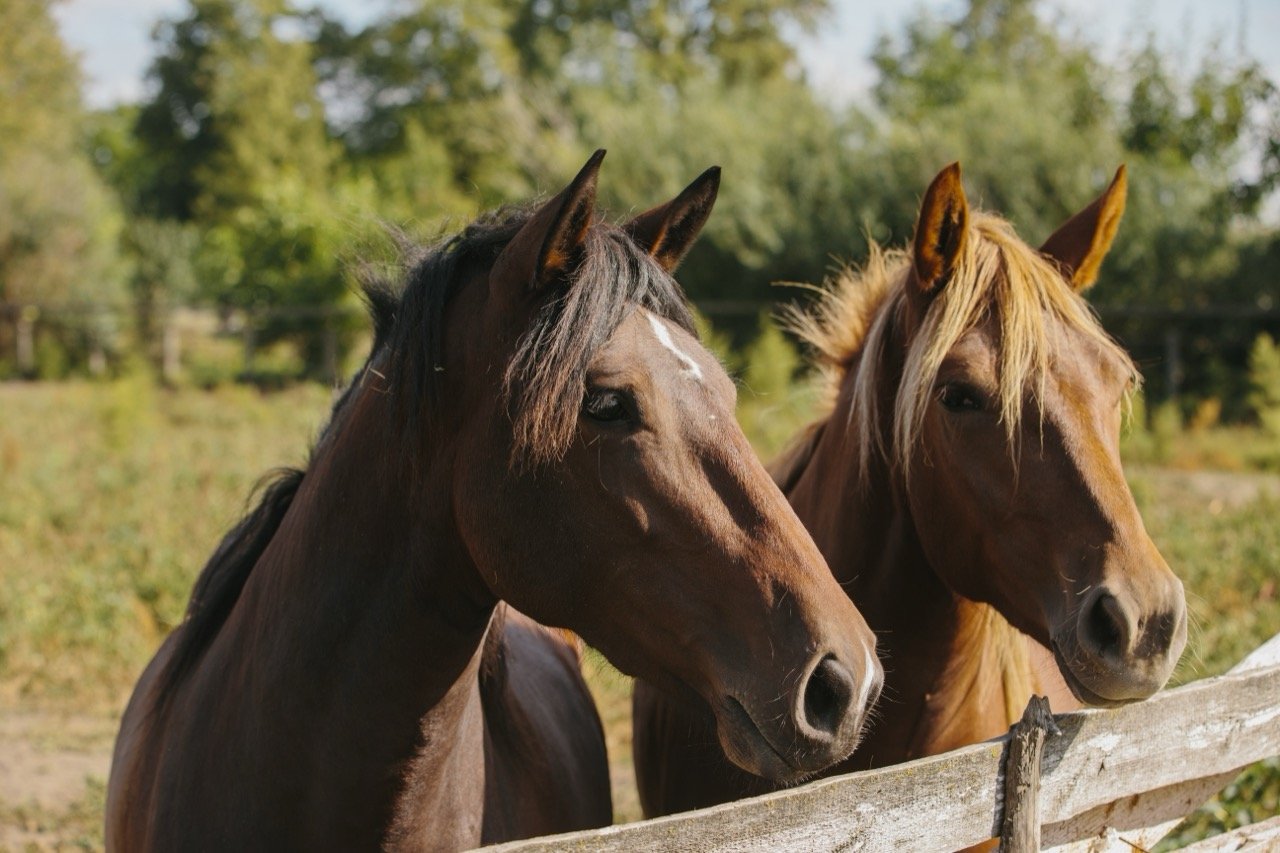
How do horses establish dominance within a herd?
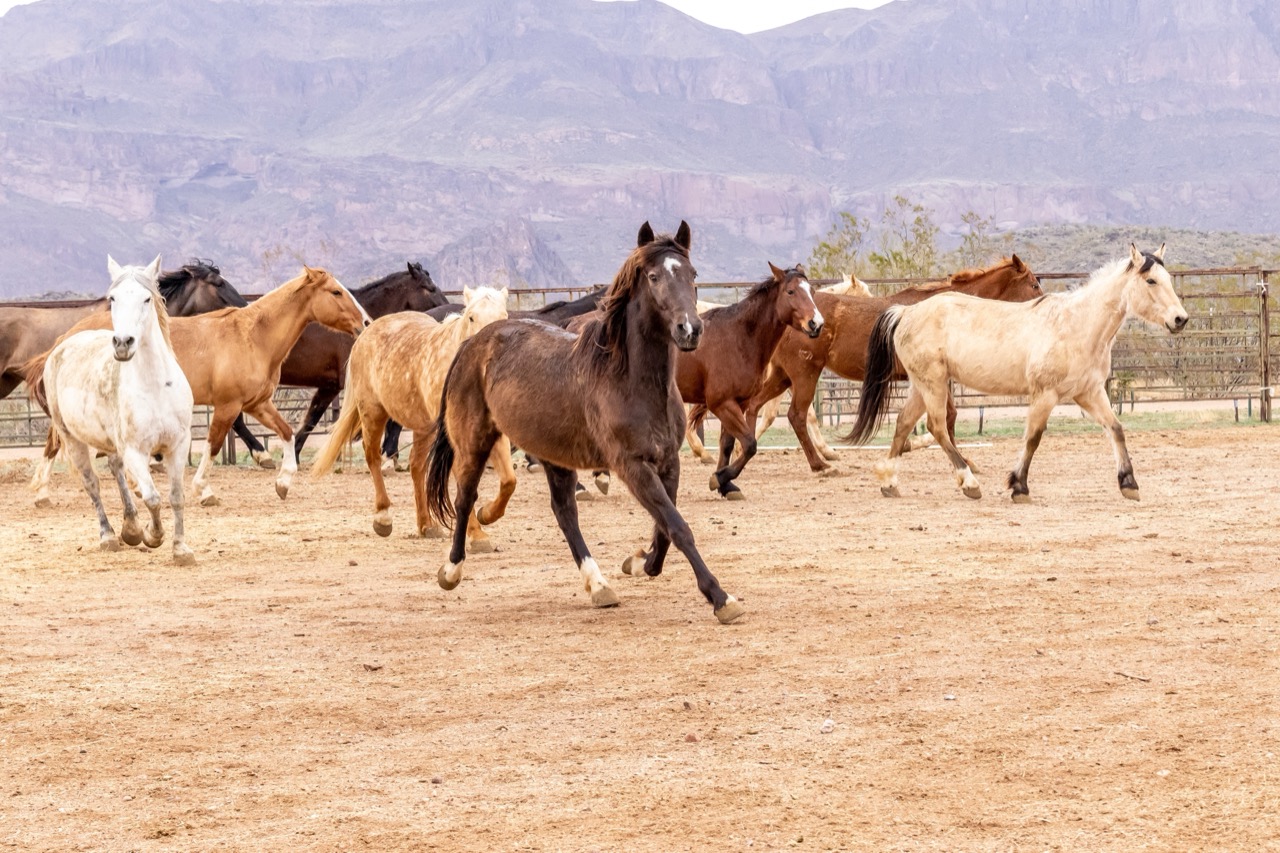
How do horses communicate pain or discomfort to humans?
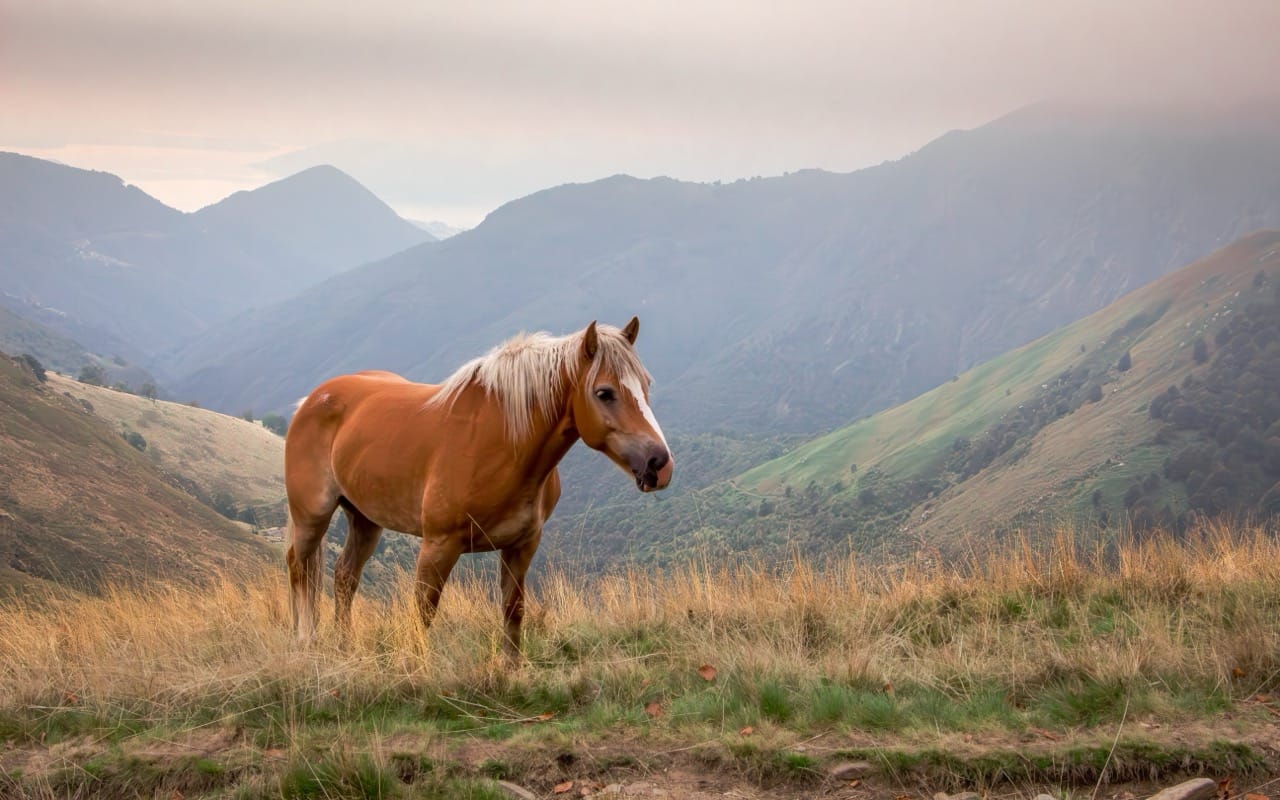
How can a horse communicate pain to other horses in the herd?
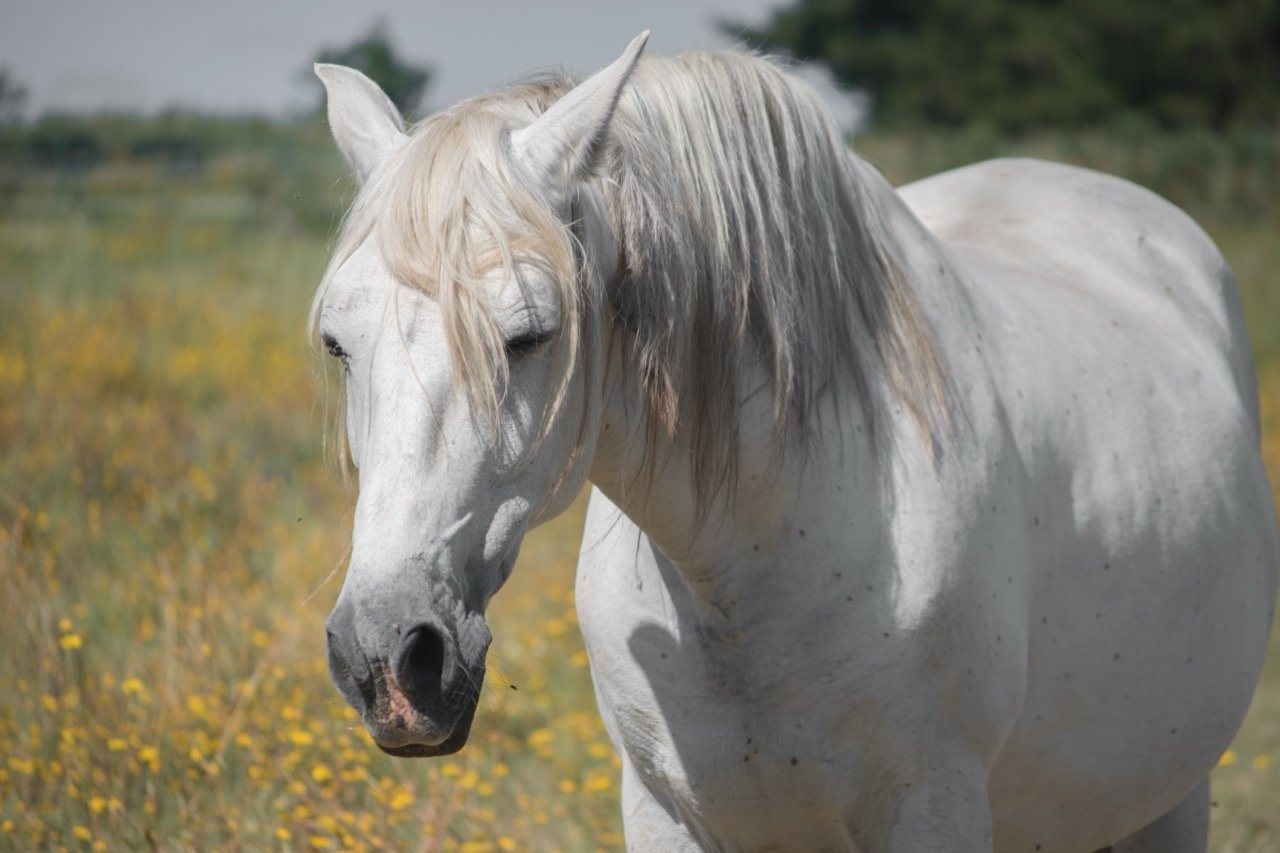
How do horses typically greet each other in a friendly manner?
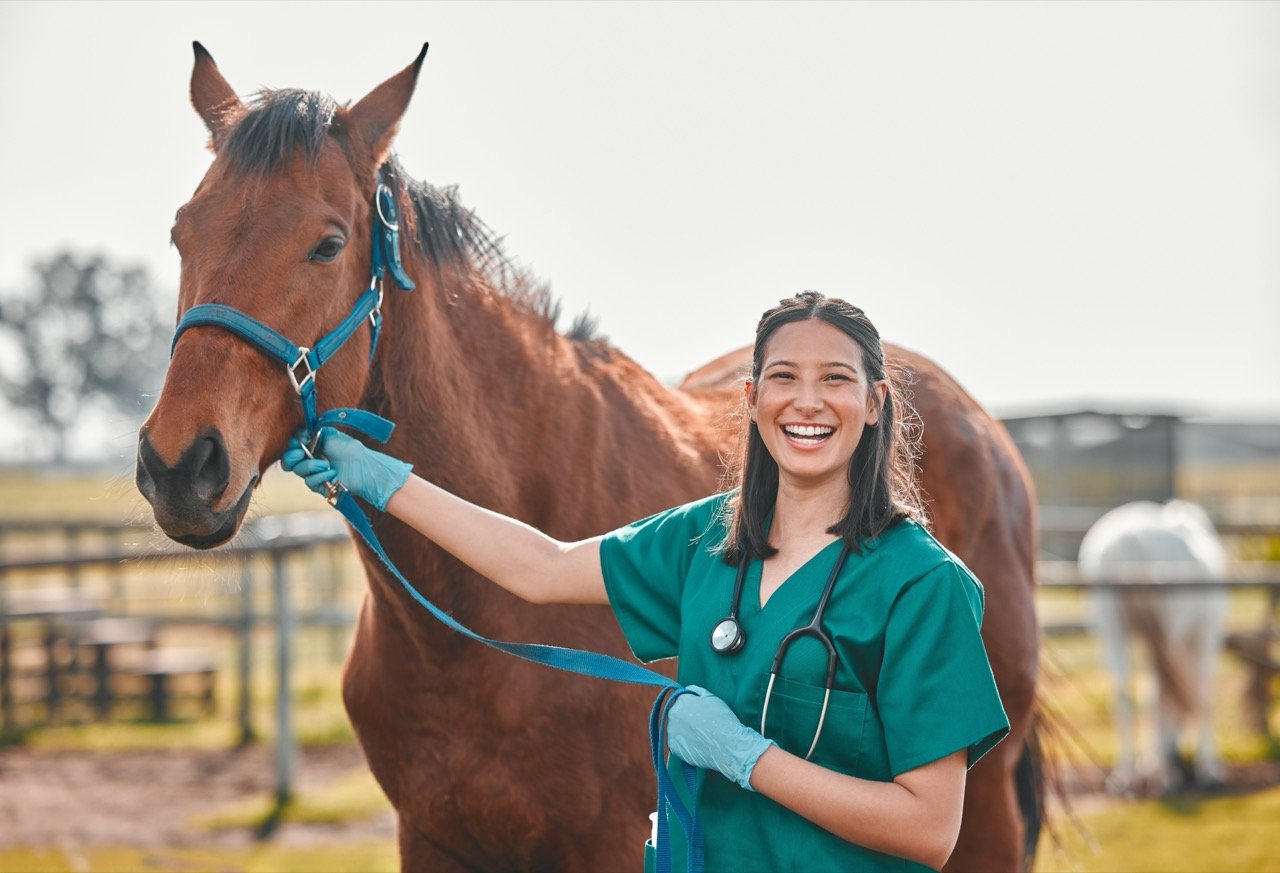
What is the purpose of a horse's vocalizations?
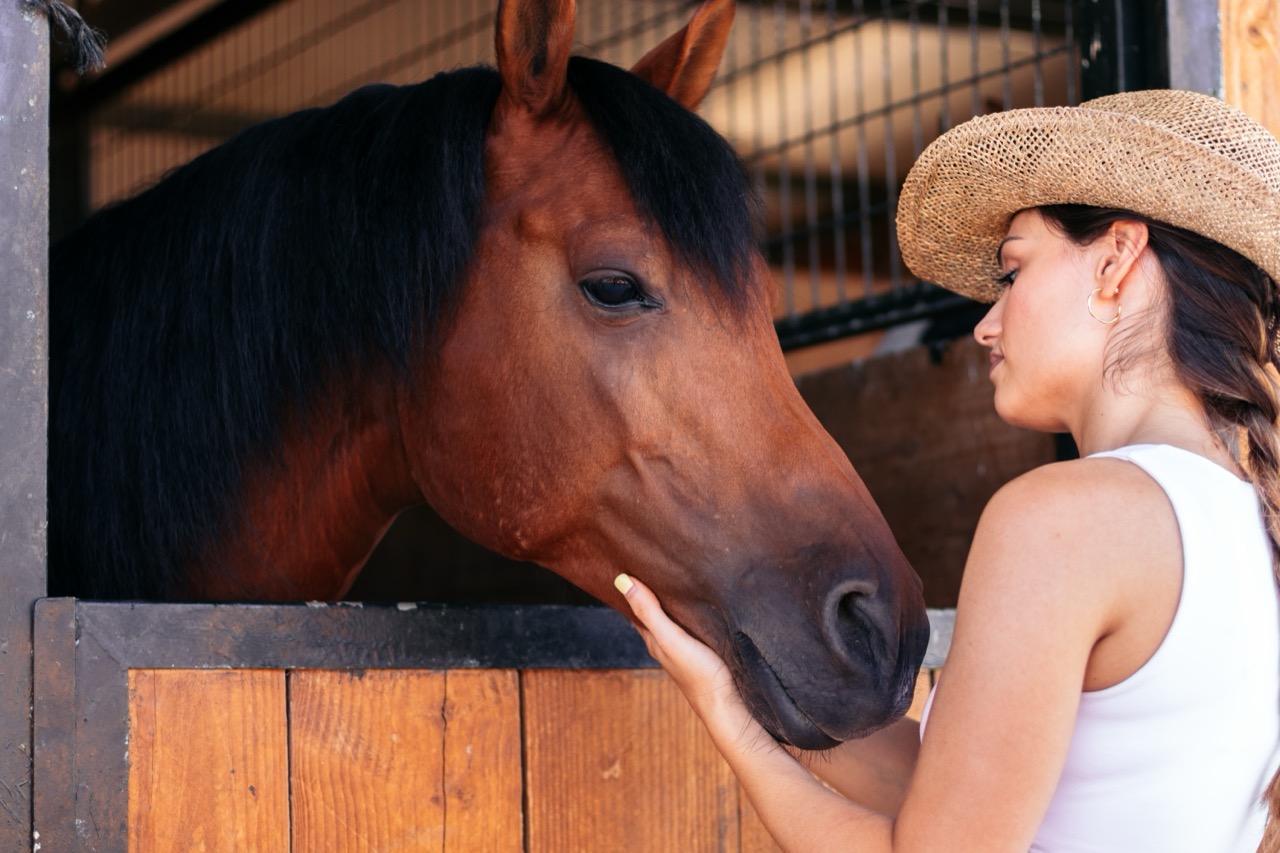
What does it mean when a horse bares its teeth and snorts?
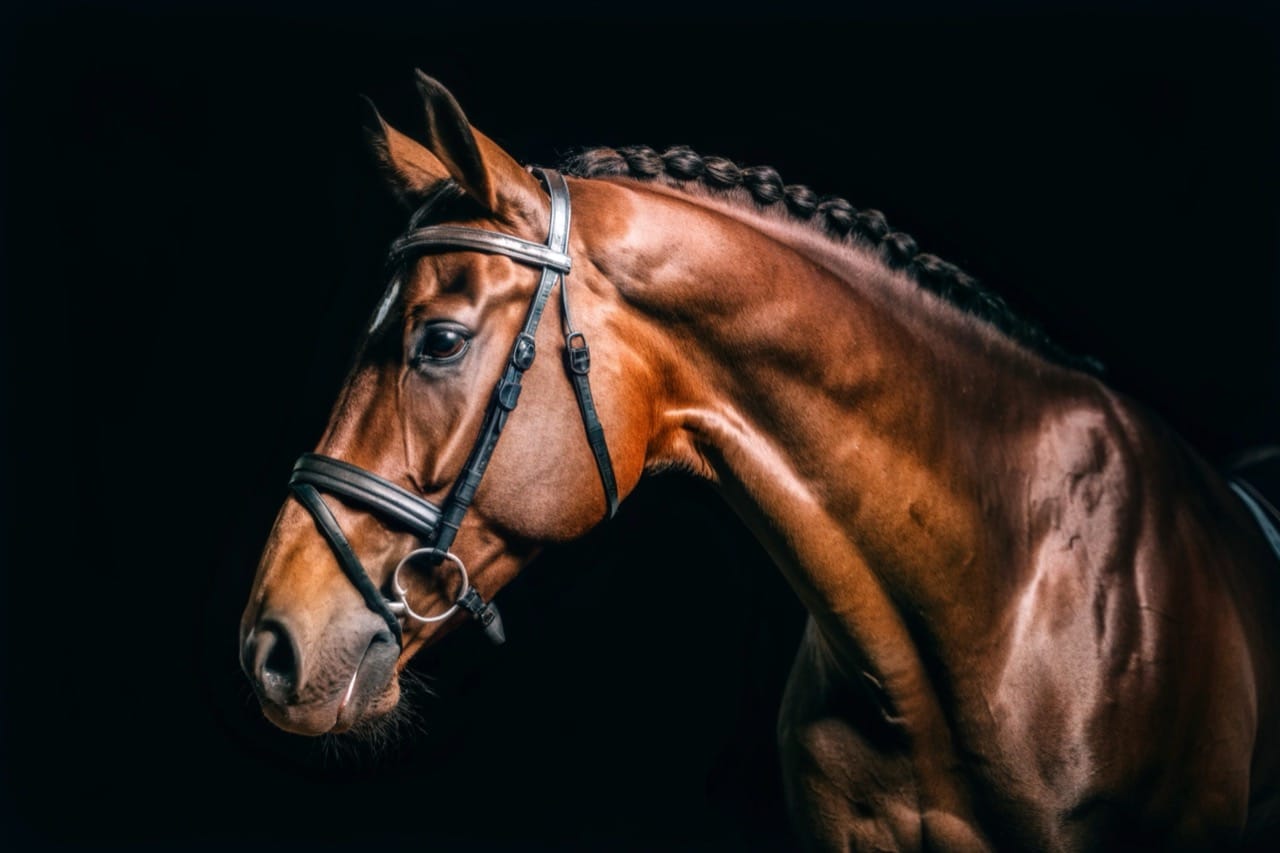
When a horse pins its ears flat against its head, what does this typically indicate?
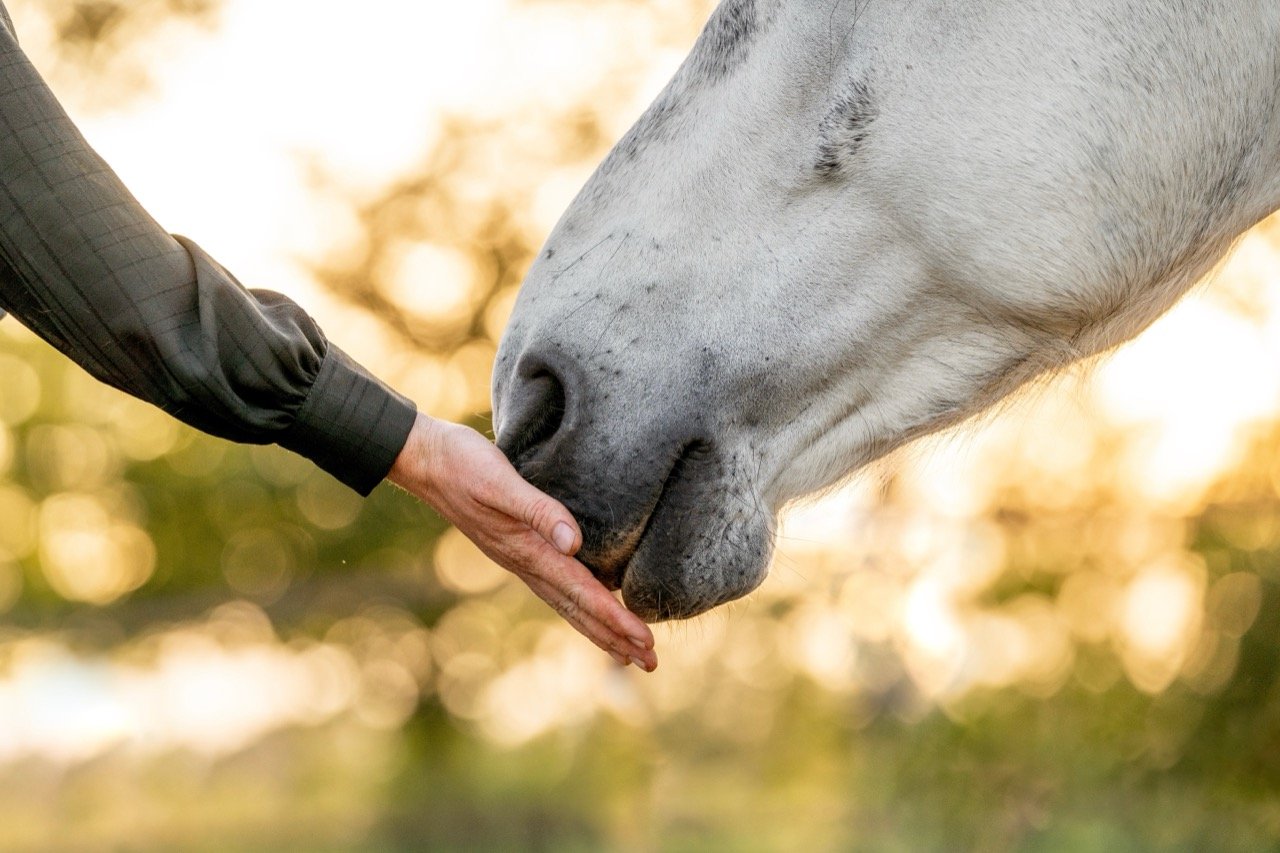
What does it mean when a horse rubs its head on another horse or object?
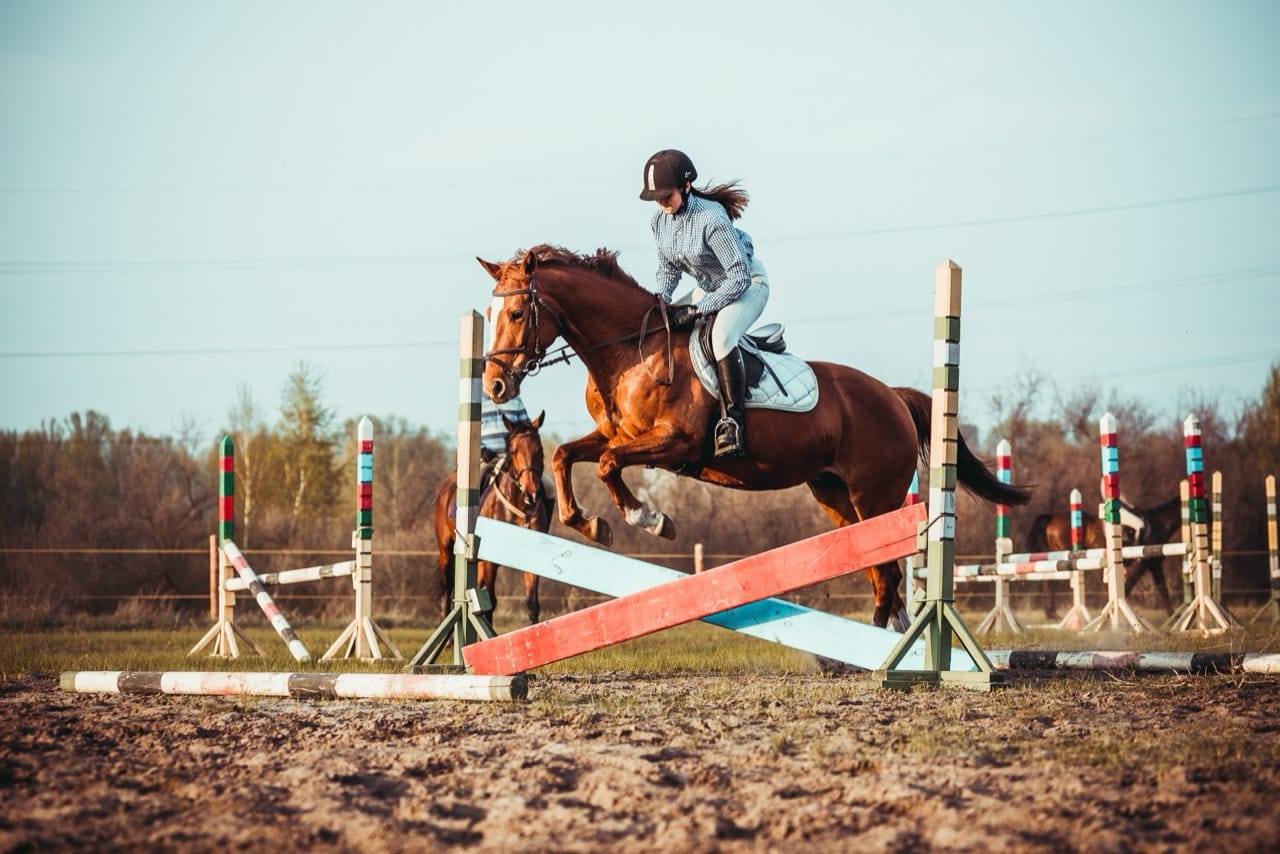
Which of the following behaviors signals that a horse is relaxed?

What is a common behavior horses exhibit when they are stressed?
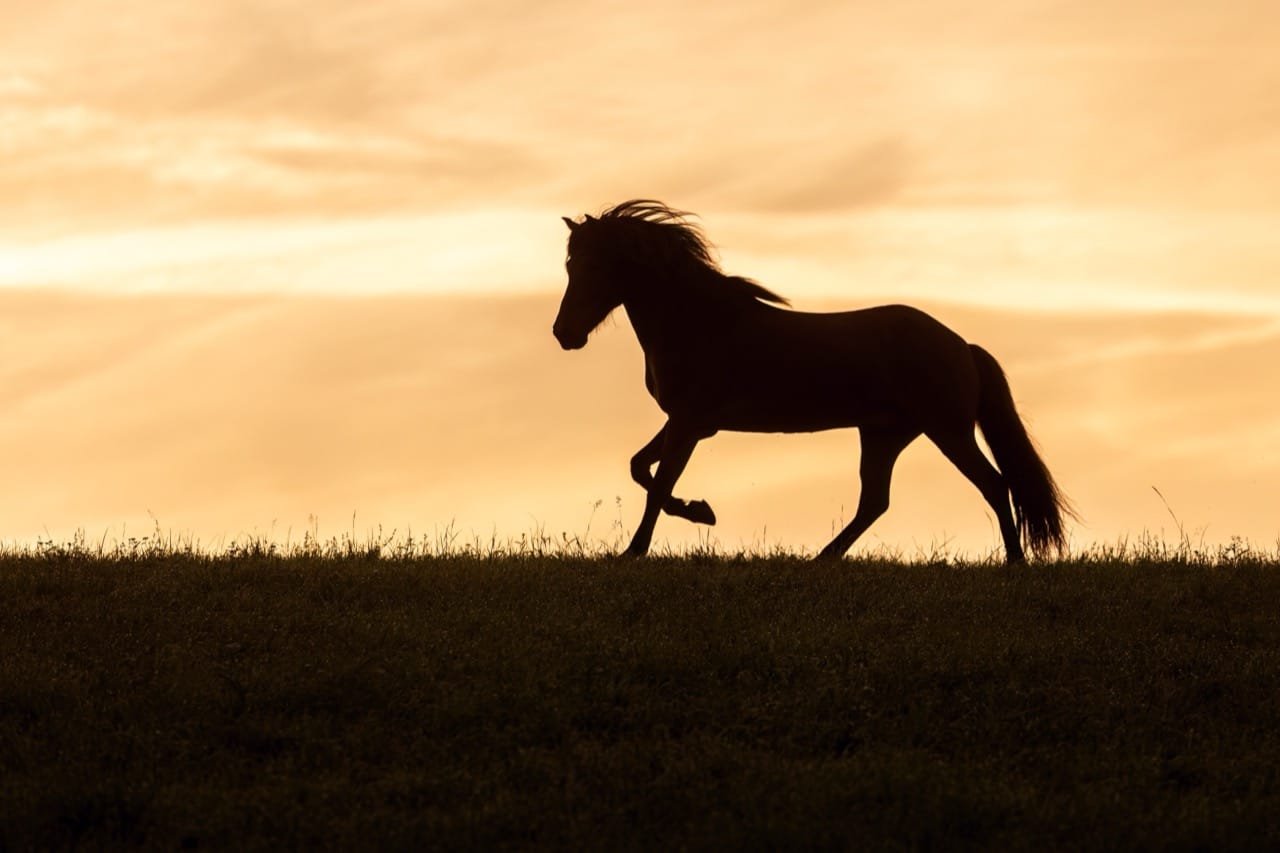
What does it mean when a horse nickers softly to another horse?
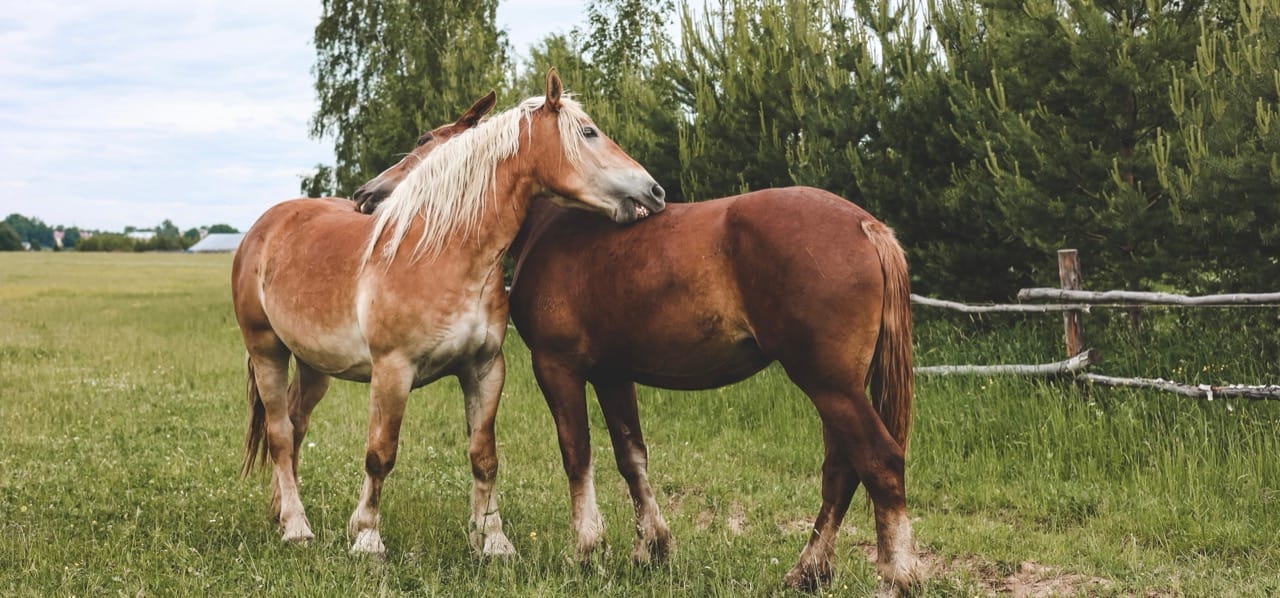
How do horses use body language to establish leadership in a herd?

How do horses show submission to a more dominant horse?
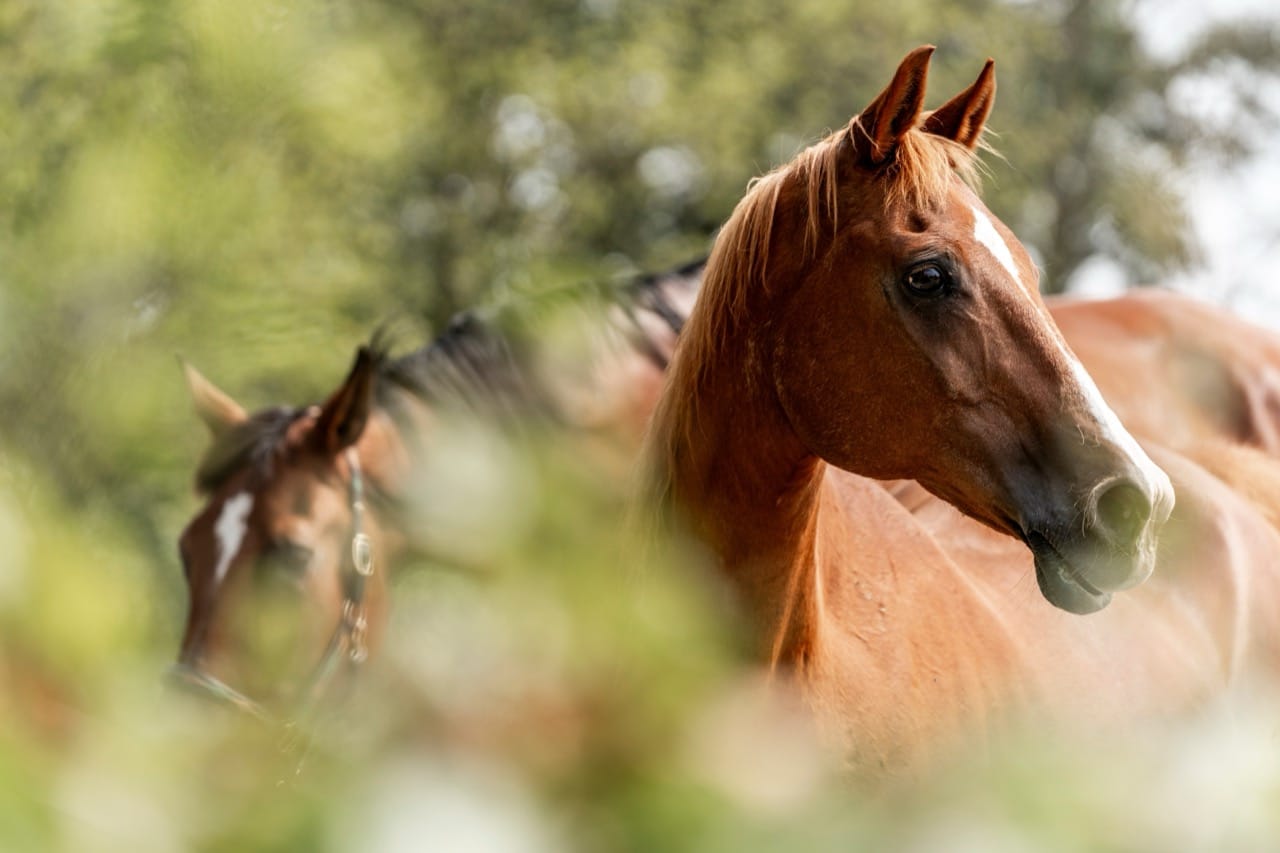
What is the primary way horses show affection to one another?
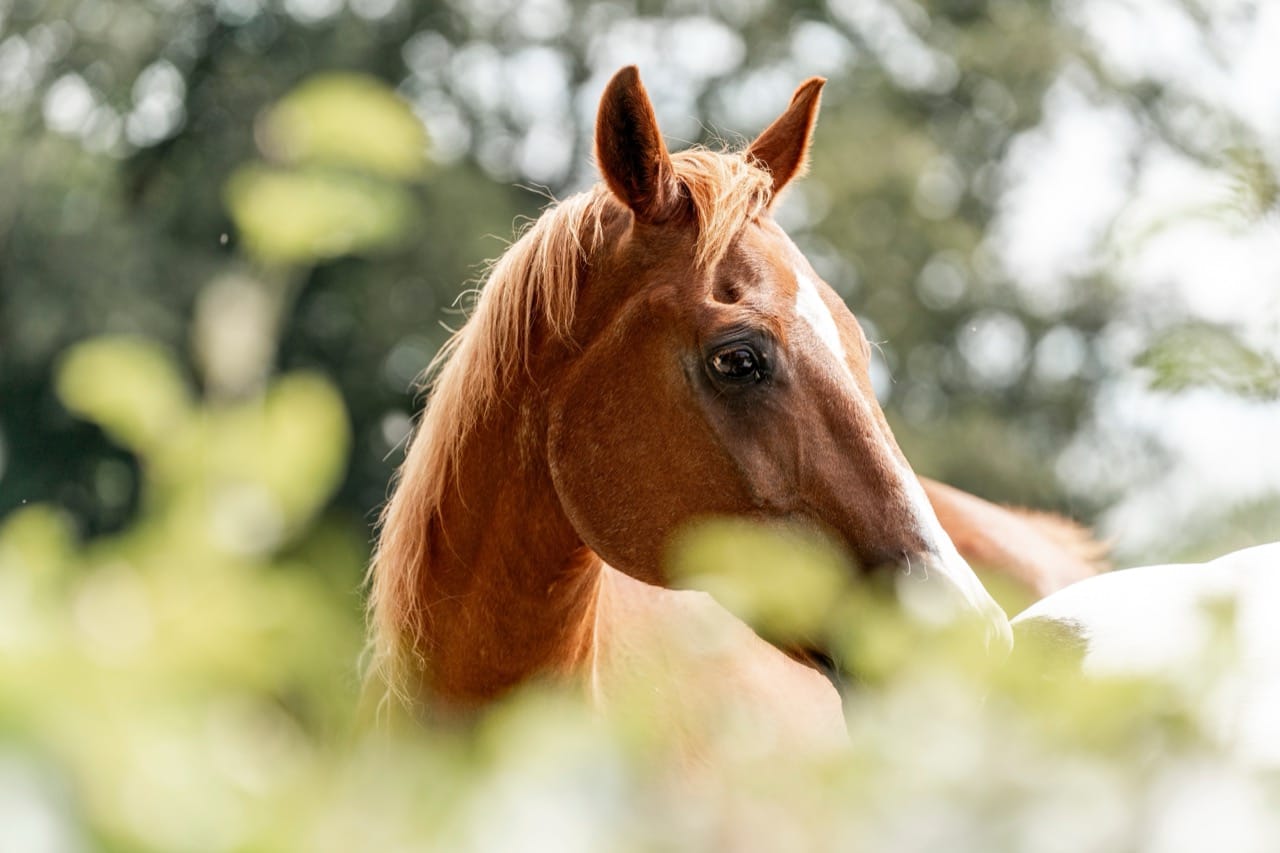
What does it mean when a horse swishes its tail rapidly?
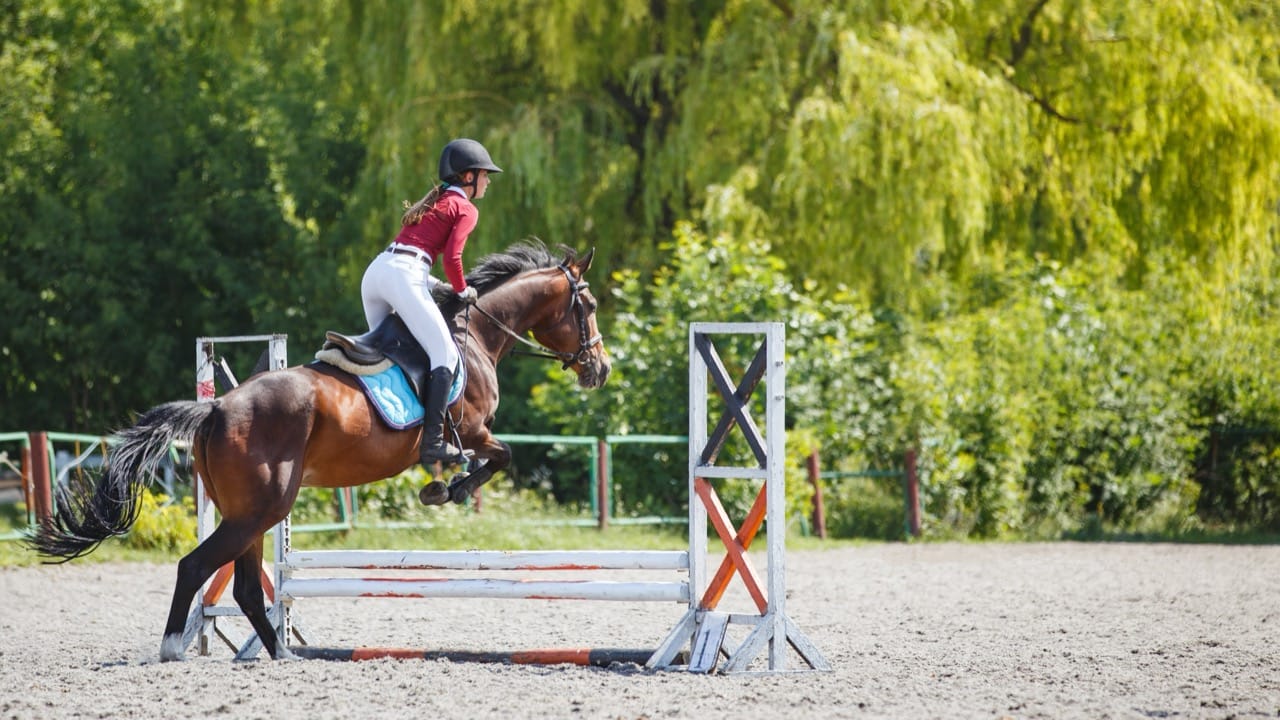
How do horses communicate fear or discomfort?
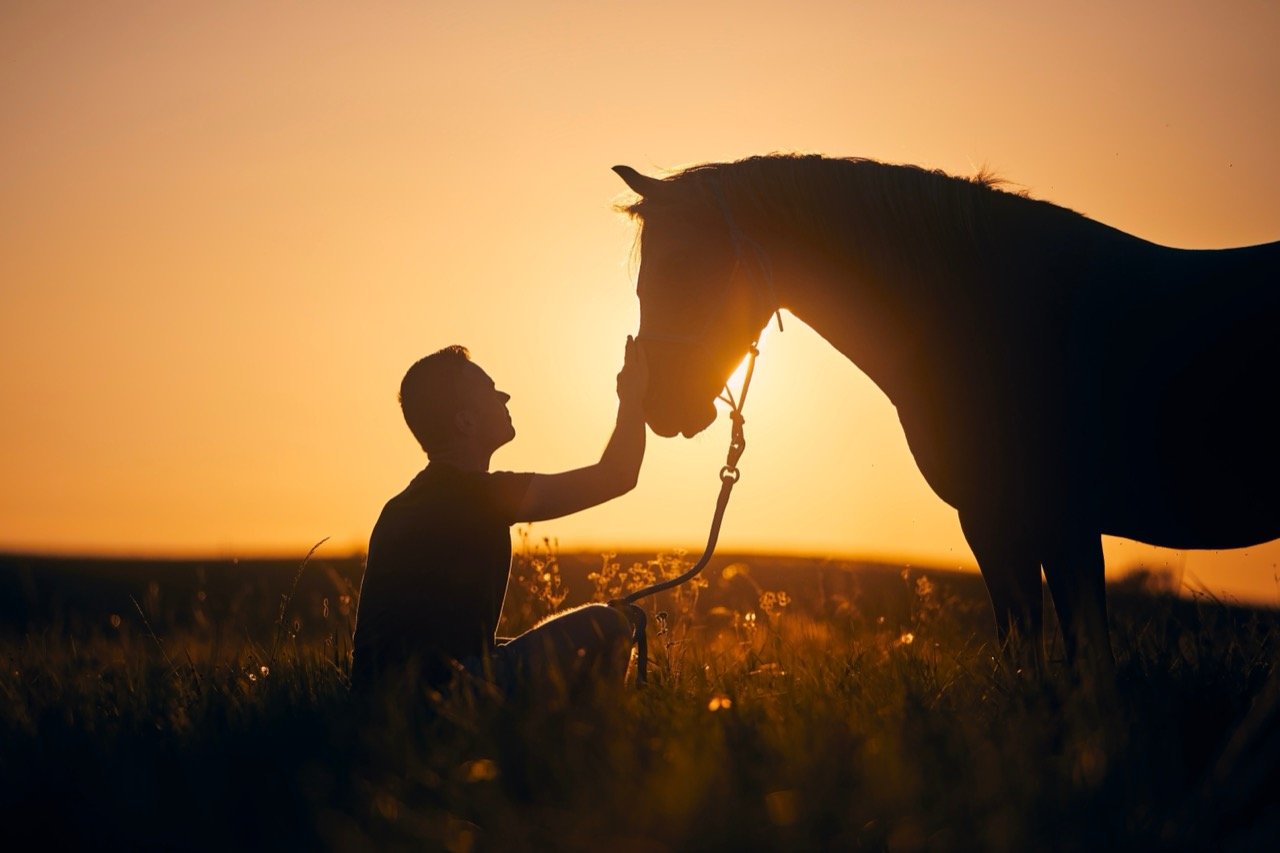
When horses rub their heads against each other's bodies, what are they doing?
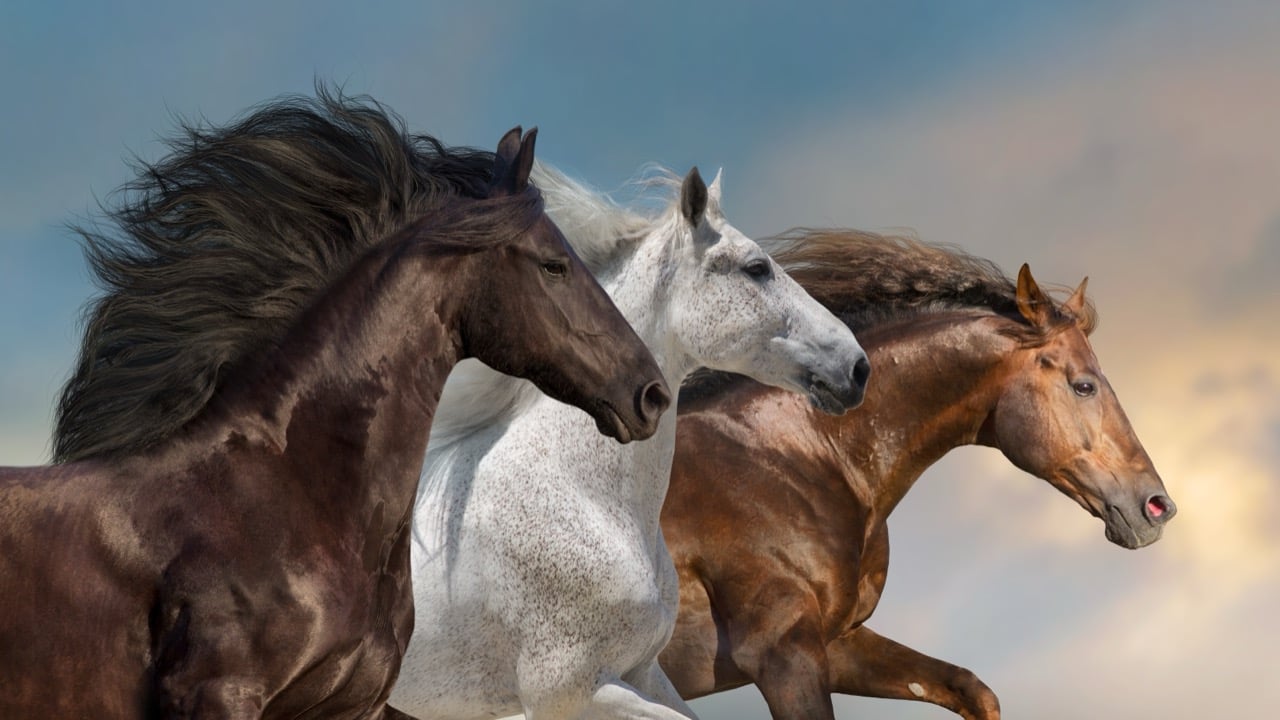
What does it mean when a horse snorts?

